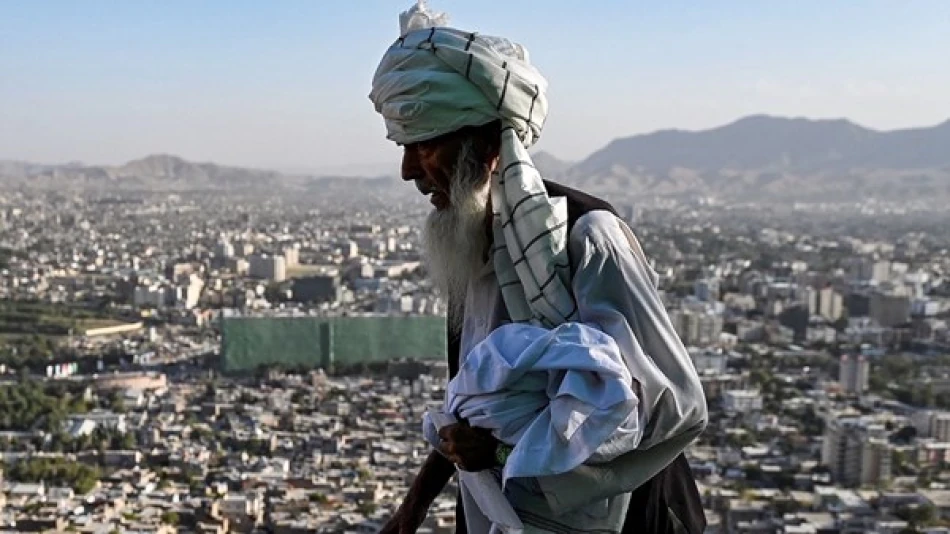
UN Warns of Worsening Famine Crisis in Afghanistan
Afghanistan's Hunger Crisis Deepens as International Aid Dries Up
Afghanistan is sliding deeper into a catastrophic famine that now affects 10 million people—a quarter of the population—with children bearing the worst impact as international donors reduce emergency food assistance. The crisis represents one of the world's most severe humanitarian disasters, compounded by climate change and the economic collapse following the Taliban's return to power in 2021.
The Scale of Suffering
The United Nations World Food Programme's latest assessment paints a grim picture of accelerating malnutrition across Afghanistan. One in three children now suffers from stunting, a condition that causes irreversible physical and cognitive damage when severe malnutrition occurs during critical development years.
Women, children, and families returning from neighboring countries represent the most vulnerable groups in this unfolding tragedy. These populations lack the resources and social networks needed to cope with Afghanistan's economic freefall, which has seen the currency collapse and formal employment opportunities vanish.
Aid Fatigue Fuels the Crisis
The deterioration stems largely from what aid organizations call "donor fatigue"—a sharp decline in international funding over the past two years. Emergency food assistance has been slashed precisely when Afghanistan needs it most, creating a deadly gap between humanitarian need and available resources.
This pattern mirrors similar crises in Yemen and Syria, where initial international attention and funding gradually wane as conflicts become protracted. However, Afghanistan's situation is unique because the humanitarian crisis coincides with complete international isolation of the Taliban government, complicating aid delivery mechanisms.
Climate Change Amplifies the Disaster
Environmental factors are accelerating Afghanistan's descent into famine. Mati-ul-Haq Khalis, head of the National Environmental Protection Agency, recently highlighted how drought, water shortages, shrinking arable land, and flash floods have profoundly impacted both livelihoods and the broader economy.
Rural populations face a particularly devastating combination: traditional farming methods cannot adapt quickly enough to changing precipitation patterns, while limited government capacity means no systematic climate adaptation programs exist. This agricultural collapse forces rural families into cities where economic opportunities remain virtually nonexistent.
A Perfect Storm of Crises
Afghanistan's hunger crisis results from multiple converging factors that create a self-reinforcing cycle of poverty. The Taliban's restrictions on women's employment have removed half the potential workforce from the economy, while international sanctions have frozen most government assets and eliminated formal banking relationships.
Unlike previous Afghan crises during decades of conflict, this famine occurs during a period of relative security, suggesting that political and economic factors—rather than active warfare—now drive humanitarian suffering. This distinction matters because it indicates the crisis could be more easily resolved with sustained international engagement, yet political considerations continue to limit such cooperation.
Regional Implications
The crisis threatens to destabilize neighboring countries as Afghan refugees seek safety and sustenance across borders. Pakistan and Iran, already hosting millions of Afghan refugees from previous decades, face renewed pressure on their resources and social systems. This regional spillover effect could eventually force international action, but likely only after the humanitarian catastrophe deepens further.
Most Viewed News

 Layla Al Mansoori
Layla Al Mansoori






